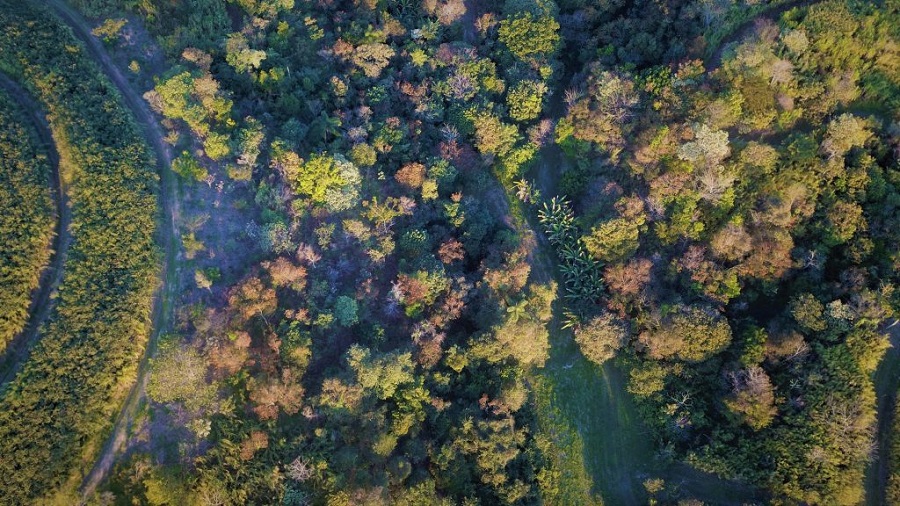RIO DE JANEIRO, BRAZIL – São Paulo governor João Doria, or September 24, announced the “Refloresta SP” program during the São Paulo Environmental event, which aims to reforest 1.5 million hectares of native vegetation by 2050.
The São Paulo state government intends to offer credit lines, implement Payment for Environmental Services (PES) projects, and allocate resources from the new ICMS Environmental law.
The Secretariat of Infrastructure and Environment (SIMA) is in charge of the initiative, in partnership with Desenvolve SP Bank. The goal is to encourage the increase of native vegetation coverage in the state by planting forests in agro-forestry and silvopastoral systems.

In a statement, the government points out that the main focus is on areas that are not subject to mandatory restoration and are not engaged in economic activities, as is the case of pastures with low agricultural capacity.
“Refloresta SP” aims to increase the percentage of vegetation in municipalities with very low coverage to at least 10%, considered to be the minimum acceptable level to ensure quality of life for inhabitants and agricultural production. The municipalities with intermediate percentages – coverage between 10% and 30% – will have their coverage increased to 30%, considered an adequate level.
Also during the event, the governor signed the decree regulating the new Environmental ICMS (Law 17.348 of 2021). The measure establishes rules for the transfer of resources to municipalities, according to their performance. The São Paulo state government estimates that it should transfer approximately R$5 billion (US$937 million) to municipal administrations over 10 years.
The law enacted in March changes the percentage related to the fraction destined to the environment, which, within the 25% of the total tax transferred to municipalities, will progressively increase from 1% to 2% (based on data collected up to 2024), to remain fixed after the transition period. Less developed cities should benefit more, according to the São Paulo state government.

